Joe_Schmoe
Active Member
- Joined
- May 25, 2006
- Messages
- 374
- Reaction score
- 0
I'm kicking myself that I didn't keep my own copies of the texts of the AOTMs. But at least here are the pictures:

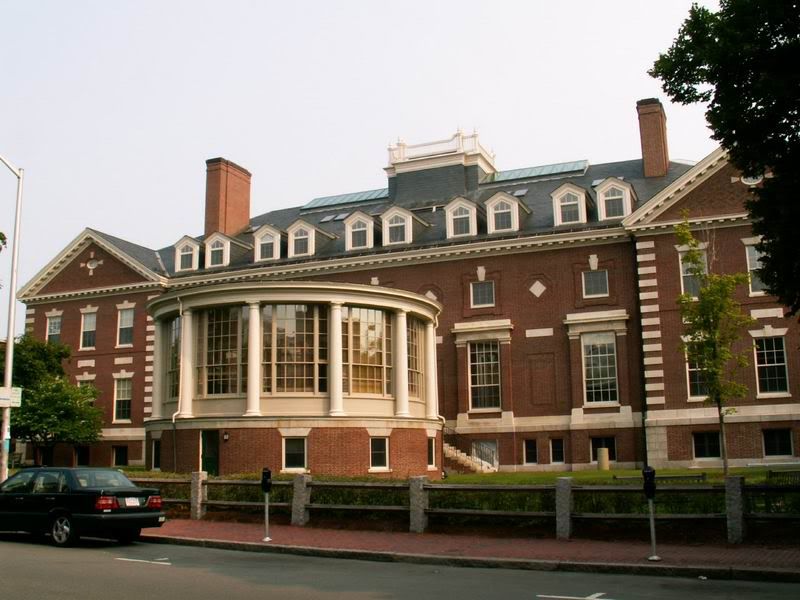
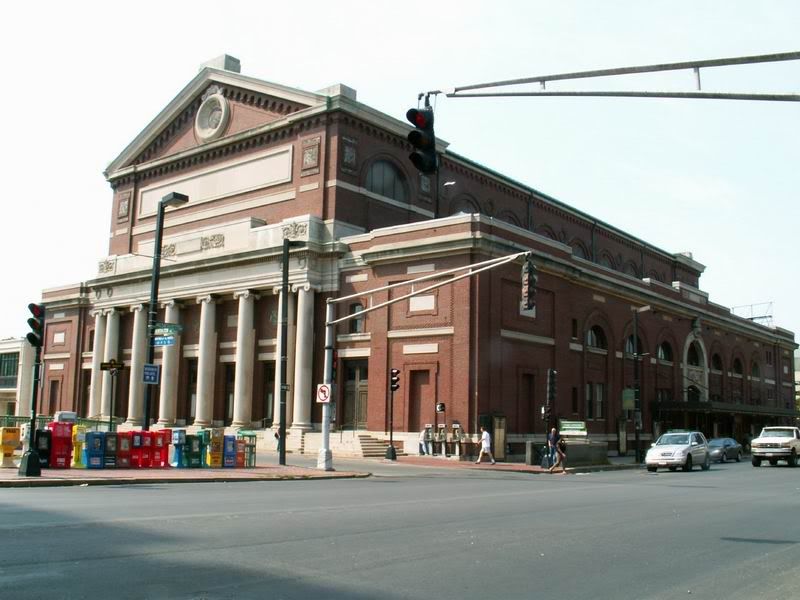

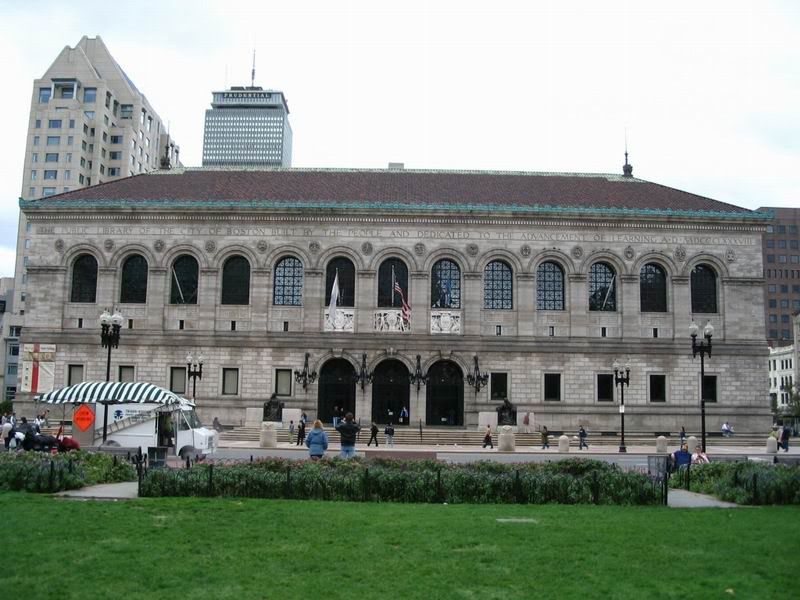
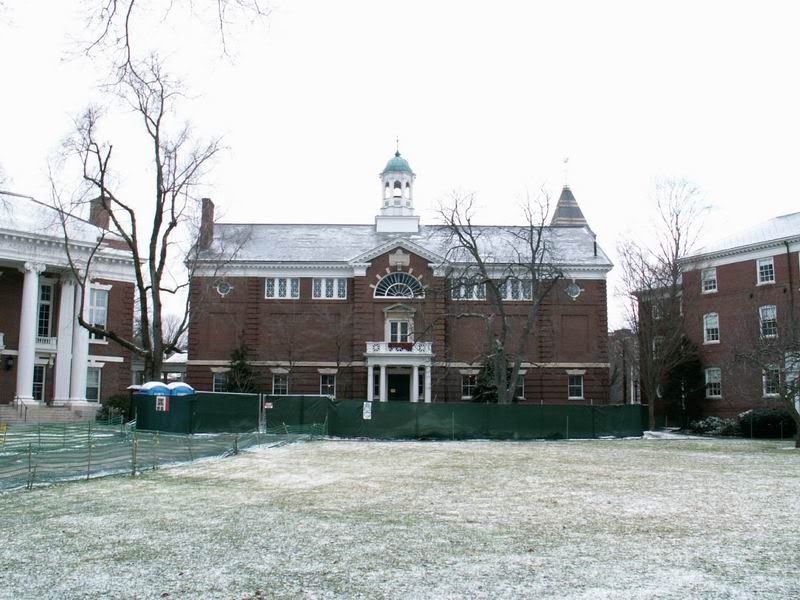
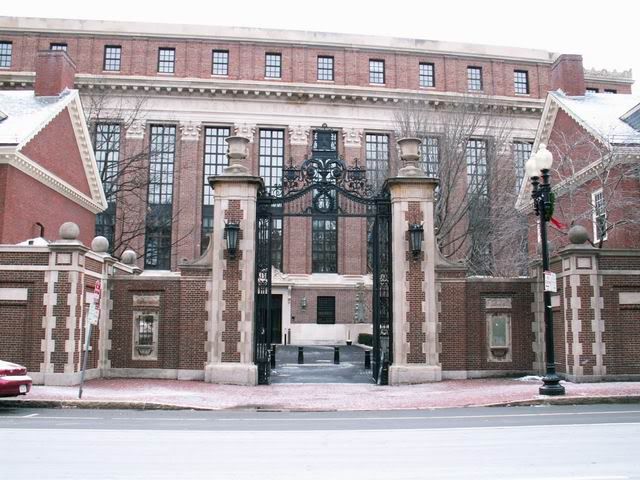
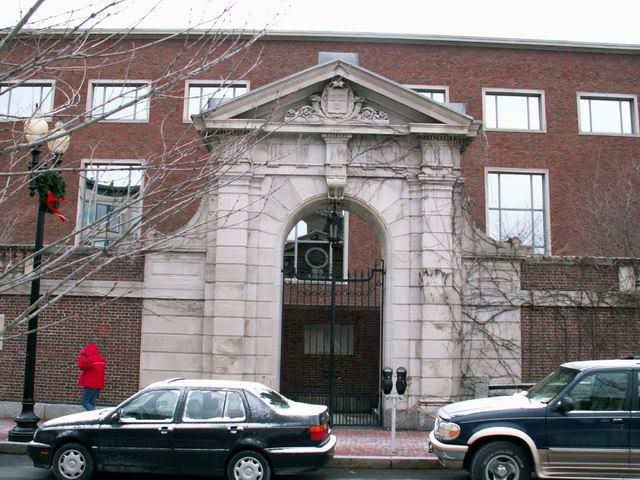
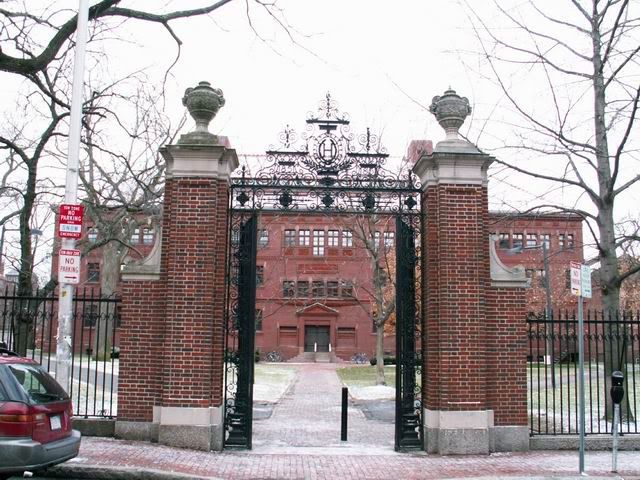
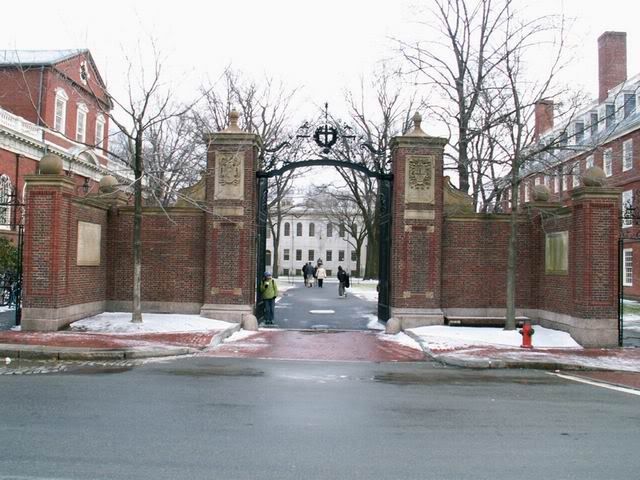
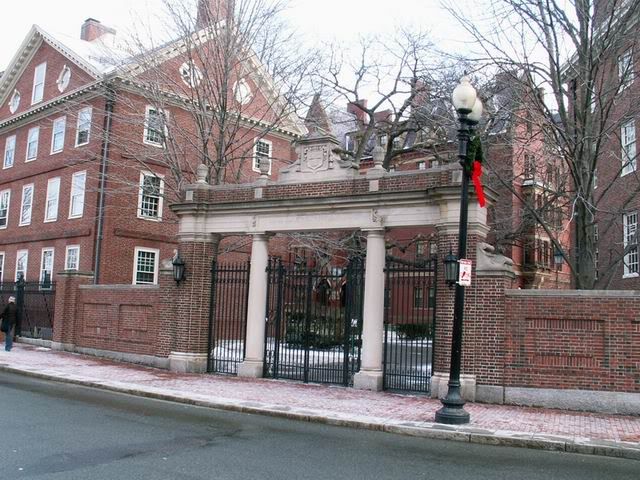


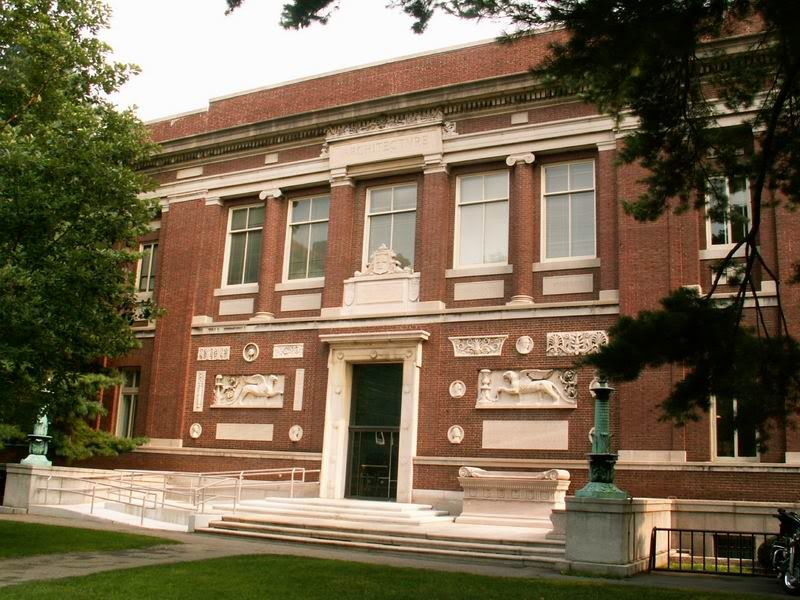
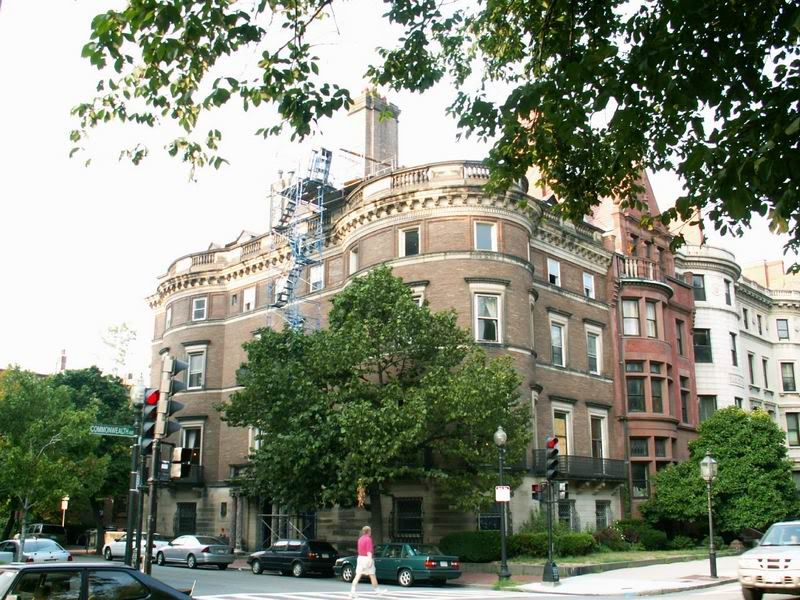






























Stanford White was a 19th-century architect well-known in Boston for his co-design of the Boston Public Library (the third name in ?McKim, Mead, and White?). (The three architects tried to get their names cryptically added to the edifice, btw, but were found out by public officials before the names were added.)
He?s better known to some for being quite the Lothario. In fact, he was killed in 1906 by the husband of a woman he was having an affair with, Evelyn Nesbit.
But, in an article appearing in the New York Times that quotes from a biography of Mr White, he may have been intimate with men, as well.
[Augustus] Saint-Gaudens was particularly close to Stanford White, and in 1884 gave White and his new wife, the former Bessie Smith, a marble relief portrait of Mrs. White as a wedding present. But at the same time it is known that the sculptor and architect enjoyed a life of enthusiastic unchastity.
Paul R. Baker is emeritus professor of history at New York University, and his book ?Stanny: The Gilded Life of Stanford White? (Free Press, 1989) delicately summarizes their activities in rooms rented by their secret ?Sewer Club.? Sometimes Saint-Gaudens signed his letters to White with epigrams like ?Kiss me where I can?t? or a phallic symbol. Such ribaldry may have been traditional masculine ribbing, although Professor Baker notes a continuing thread of homoerotic overtones.
I?m skeptical it means anything of note but I don?t know much on the subject of same-sex love in the 1890?s.
(The Times? article, btw, is about Saint-Gaudens and his architecture in NY. It mentions that he created the famous Robert Gould Shaw memorial on Boston Common across the street from the state capitol building.)
THIS weekend the Morgan Library and Museum marks the opening of its refurbished centerpiece, J. P. Morgan?s severe, jewel-like library of 1906, one of the signature works of the architect Charles McKim. And on Tuesday Knopf released ?Triumvirate: McKim, Mead & White: Art, Architecture, Scandal, and Class in America?s Gilded Age," by Mosette Broderick. This 581-page history serves as the only modern work to examine the career of the reflective, often depressed McKim, perennially in the shadow of his flamboyant and equally troubled partner, Stanford White.
Charles Follen McKim was born in 1847 into a Pennsylvania family that was principled, if not privileged. His father, Miller McKim, made a living as a professional abolitionist. In 1849 he arranged to receive a large crate that contained the escaped slave Henry Brown, soon known as Box Brown, who shipped himself from Virginia to freedom.
Professor Broderick, the director of Urban Design and Architecture Studies at New York University, combed diaries, letters and bill books to reveal the personal side of McKim, who met White in the office of H. H. Richardson in the 1870s. Raised in the Quaker tradition, he used thee and thou into early manhood. An expert skater, he had bright, clear blue eyes, was always perfectly dressed and popular with others. Ambidextrous, he could write backward, almost never cursed, and loved opera and ice cream.
In 1879, after several years of practice, he formed a partnership with White and William R. Mead. They quickly blazed white-hot in the heavens of American architecture, McKim in particular designing big country houses in Elberon, N.J., and Newport, R.I., as well as related projects like the Newport Casino and the huge, arched Narragansett Casino, also in Rhode Island.
By the early 1890s the firm had designed such works as Madison Square Garden, the Century Association and the Harvard Club, all in New York City, and a string of buildings for the New York Life Insurance company nationwide.
But McKim suffered bouts of depression, some so bad he couldn?t work, Professor Broderick says. It started in 1878, even before the firm was established, when his wife of four years, Annie, filed for divorce, alleging ?unnatural acts against the bounds of Christian behavior,? according to the diary of an acquaintance. Professor Broderick surmises this might have been an allusion to homosexuality. McKim?s wife won sole custody of their daughter and changed the girl?s last name; McKim did not see the child again for two decades. It ?took his youth away,? Professor Broderick writes.
He married again in 1885. His second wife, Julia, and their child died a year and a half later.
His partnership with White was one of opposites. White typically burst into the office and dashed off some hasty sketches, leaving the details for others. But McKim painstakingly examined historical precedents, returning again and again to plates of classical buildings. McKim had little exposure to the great monuments of Europe. He did not see Rome until 1885. Professor Broderick says this was typical: our great classicists often worked secondhand.
McKim was a perfectionist, known to spend an hour revising a telegram that was in the end only 10 words long; he climbed up on the roof of the casino in Narragansett with a crowbar to dislocate shingles to give it an aged look.
In a 1910 appreciation, the art critic Royal Cortissoz recalled that a contractor for the Boston Public Library had supplied some expensive marble that did not conform to the specification. ?The contractor argued at tremendous length and almost wept,? Cortissoz wrote, ?but McKim was harder than the Numidian itself.? The architect refused the marble.
In 1899 some measure of relief came into his life: he was reconciled with his daughter, Margaret. Her mother never spoke to her again. In 1902 two very big commissions came to him: the giant Pennsylvania Station, finished in 1910, and Morgan?s exquisite little library, completed in 1906.
Morgan had worked with White on Madison Square Garden as an investor, and on the Metropolitan Club, of which he was a founder, and evidently felt that the ultrasober McKim was the best man for the job. Indeed, White had descended into bizarre behavior, with incessant sexual liaisons and wild overspending; he was in debt for $1 million by 1905, a year before his murder.
McKim never argued with clients, instead politely but persistently revisiting suggestions that had already been vetoed, and usually getting his way. Thus in 1904 he sent this telegram to Morgan: ?Recognizing great merit of Chateau D?arnay chimney piece we should strongly recommend consistent Italian marble example in building of Italian Renaissance design.? It appears that Morgan conceded.
The library is a typical McKim commission ? studied, reserved, archaeological, quite distinct from White?s frothy exuberance. Morgan made himself at home there, repairing often to his great, nearly cubic study, where he would smoke cigars, play solitaire and peruse his collection. According to Jean Strouse?s 1999 biography, ?Morgan: American Financier,? he went to his Wall Street office less and less often, and his partners began to refer to the library as ?the Up-Town Branch.?
McKim had another breakdown in 1908, his despair perhaps deepened by the emergence of the skyscraper: ?The skyline of New York grows daily more hideous,? he wrote to Stanford White?s son, Lawrence, in 1909. McKim died later that year, aged 63, and Morgan was one of his pallbearers.
Professor Broderick has devoted three decades of research to her rich, dense book. In ?Triumvirate? the reader has a sense of the tragedy of McKim?s great talents amid nearly constant psychological pain, which seems to be a frequent traveler with artistic genius.
E-mail: streetscapes@nytimes.com
